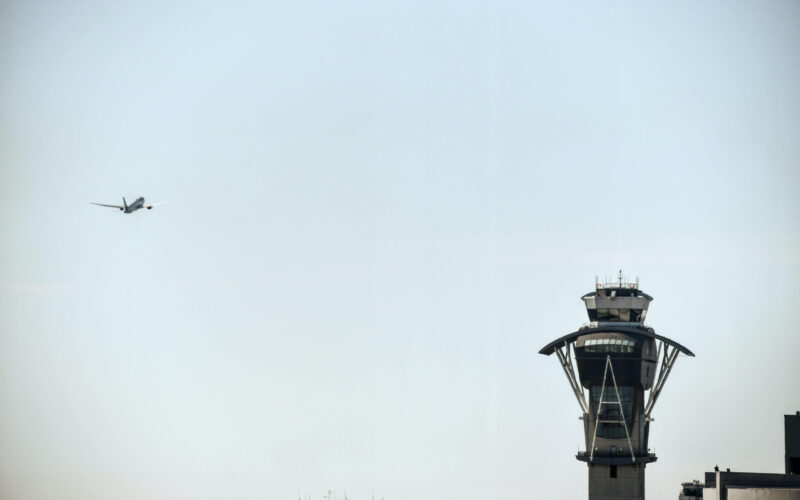Ask someone to name large infrastructure projects and chances are they will mention airport expansion, highways or rail.
Less obvious yet arguably the biggest infrastructure project of all is the plan to modernise our skies.
Invisible to most except for air traffic controllers, it is these roads of the sky that enable people and goods to fly safely to and from their destinations and on time. But just like our highways, it is important to upgrade our airspace to reflect changing technology, reduce fragmentation and ensure that passengers arrive on time to their destinations and in the most sustainable way.
Modernisation improvements can employ the latest technology, reduce emissions, result in more direct routes and, potentially, mean an end to stacking – a phenomenon familiar to many travelers when circling above a city before coming into land (an annoying delay, no matter how good the view).
The importance of these projects is undeniable. The Airspace Change Organising Group estimates that modernisation in the UK could reduce future CO2 emissions by up to 20% by 2050. This makes it a vital component in the industry’s plans to decarbonise and reach net zero.
But in the face of a global pandemic and aircraft largely grounded for the significant part of a year, what are the prospects for getting modernisation off the ground?
In Europe, the Single European Sky project, which aims to defragment and modernise airspace efficiencies, has faced continuous challenges since its first implementation in 2004 for failing to meet its objectives. The EU Commission and MEPs have, however, been looking to drive forward progress over the past year with plans to update the framework to incorporate new green deal climate goals, help achieve up to a 10% reduction in greenhouse gas emissions, and improve European airspace management
But groups including the International Air Transport Association (IATA) have warned that the Single European Sky project faces collapse without greater support from member states. At this point, MEPs are ready for negotiations with the European Council to push on with plans regarding the revised proposals from the Commission, but we await further progress. With Council members challenging that some airspace management decisions are best taken at a national level, the space for compromise seems small.
Nevertheless, the UK Airspace Modernisation, which arguably faces fewer challenges in terms of scale, looks set to go ahead despite the COVID-19 pandemic. The UK Government recently re-committed funding for industry to remobilise and continue progress on developing the final stages of its masterplan design. The head of the Airspace Change Organising Group, Mark Swan, is optimistic on progress. In a Government press release he said recently: “We are delighted that Government has reaffirmed the essential role that airspace modernisation will play in helping the aviation industry to build back better from the pandemic…we will continue to work…to ensure this programme is one that delivers for all of the UK.”
In some ways, COVID-19 has afforded us a glimpse into what the success of airspace modernisation could look like. With low traffic levels, carriers have been able to fly directly, even leading to a new record for the quickest subsonic flight from New York to London in four hours and 56 minutes.
With the sustainability gains that these more direct and quicker routes could offer, it is key that governments and industry continue to work together on plans to build back better out of the pandemic. I, for one, think we would all enjoy an end to the ominous ‘flight delayed’ announcements.

